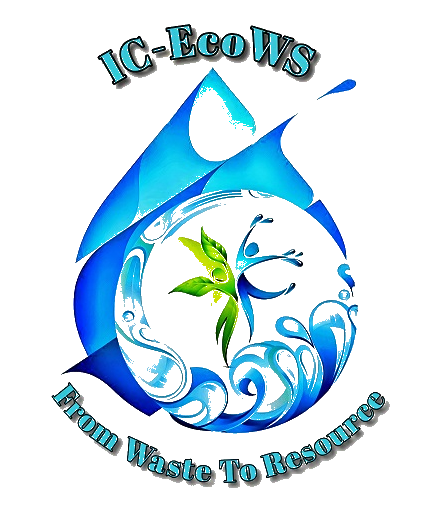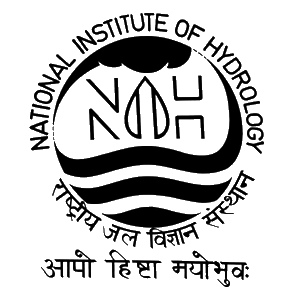 |
 |
(IC-EcoWS) (Project Funded by Department of Science & Technology (DST) , Government of India) |
 |
 |
 |
(IC-EcoWS) (Project Funded by Department of Science & Technology (DST) , Government of India) |
 |
Water security and sustainability in rural as well as urban areas in India has been the issue at central place among the researchers and policy makers. As part of the Integrated Water Resources Management (IWRM) Plan, reusing and recycling wastewater has been advised for a long to address the problem of water scarcity through demand management. The recycling and reuse of wastewater has a vast potential of addressing the water requirements of an area, which would ultimately lessen the burden on the freshwater resources. With the availability of millions of village ponds and local drains, there exists a vast potential of recycling and reuse of wastewater through simple retrofitting techniques. Such decentralized treatment of these small water bodies is an emerging need for their restoration and preservation, leading to multiple benefits of disaster resiliency, groundwater recharging, environment regeneration and livelihood generation at the local watershed level.
Natural Treatment Systems (NTS) are the time-tested eco-friendly technology for handling the complete supply chain of sustainable water management in Indian context. Although the requirement is clear, appropriate and affordable solutions in form of Technology Packages and Business Models are not available in India to make the implementation of NTS technologies for recycling of wastewater in urban, peri-urban and rural areas. Localized NTS solutions can provide a viable option either in combination with the traditional STPs or in a standalone mode if sound business models and management systems responsive to the community needs and capacity are developed. The major factors responsible for a slow pace of NTS applications in wastewater treatment are perceived to be the lack of appropriate business models suitable for a variety of intended field applications, and the absence of a communication strategy which led to the lack of adoption among the water utilities and policy makers in India.